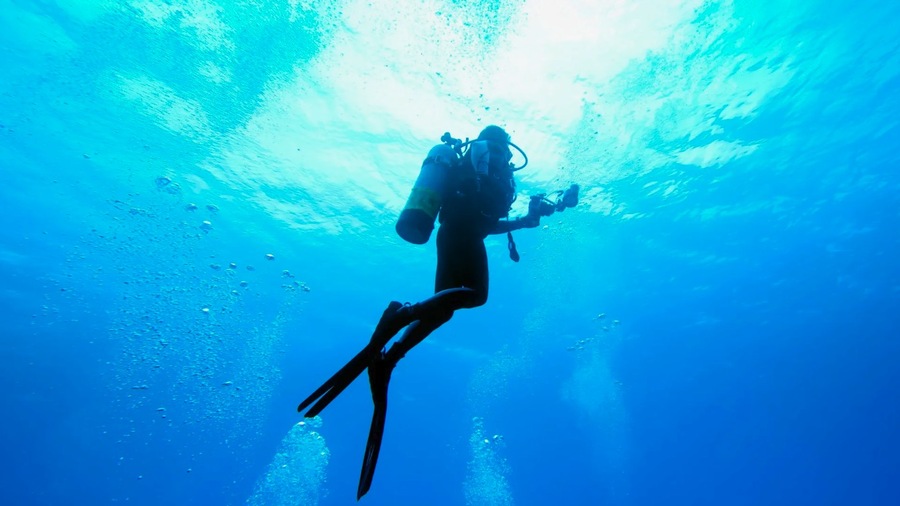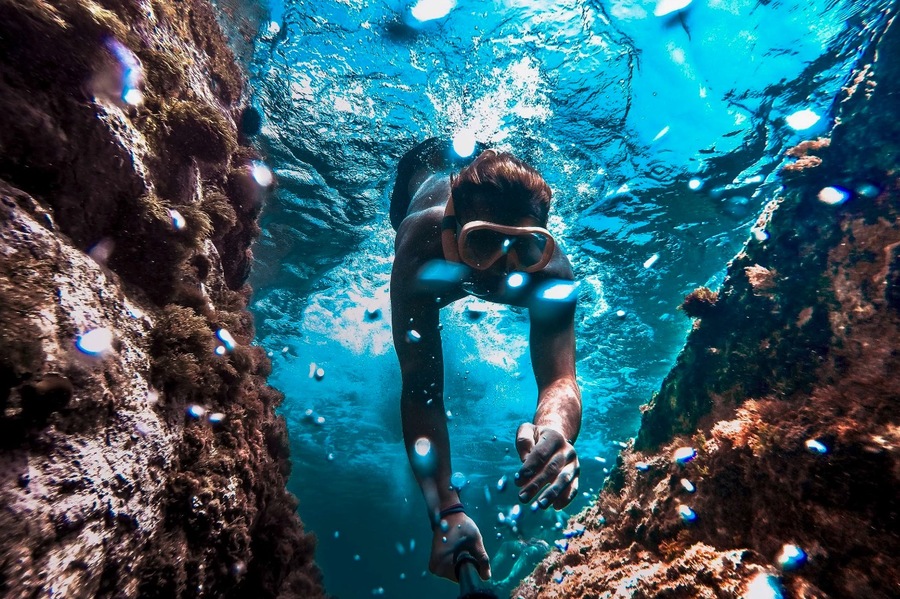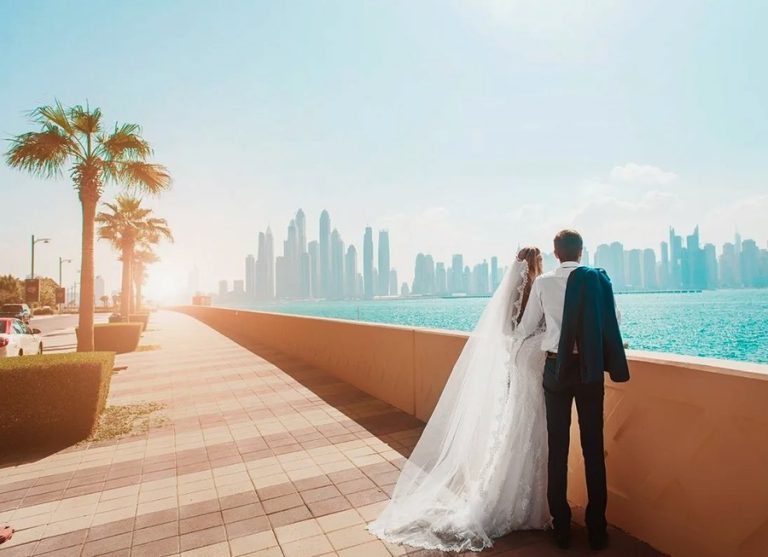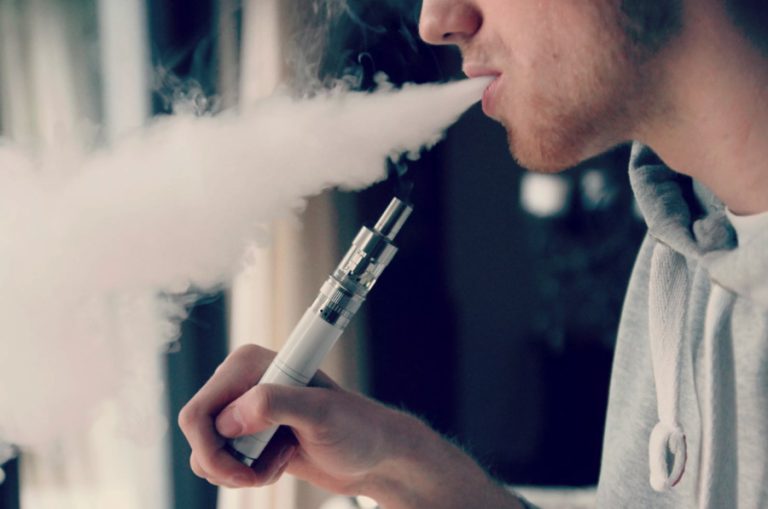Diving is exhilarating, allowing individuals to immerse themselves in the underwater world, exploring the vibrant and diverse ecosystems beneath the ocean’s surface. This unique experience offers an unparalleled opportunity to witness the mesmerizing beauty of sea creatures and coral reefs up close. Beyond its recreational appeal, diving also demands good physical fitness, as it is an active sport that helps strengthen muscles and improve overall health. For those looking to combine diving with an opulent experience, luxury yacht rental Dubai offers a lavish way to explore underwater wonders while enjoying top-tier amenities.
The Physical and Mental Benefits of Diving
Diving underwater is a visually stunning experience and offers numerous physical and mental health benefits. The resistance provided by water helps build and tone muscles, especially those in the core and legs. Additionally, controlling breathing and maintaining buoyancy can enhance lung capacity and cardiovascular health.
Mentally, diving can be incredibly relaxing and therapeutic. The underwater environment, with its serene silence and slow-paced movement, offers a unique escape from the stresses of daily life. The focus required to monitor breathing, equipment, and surroundings can help divers enter a meditative state, promoting mindfulness and reducing anxiety.
Yacht Diving: Combining Sailing and Underwater Exploration
Yacht diving combines sailing and underwater exploration, providing access to remote and pristine diving locations. This approach to diving offers several advantages, including the ability to explore multiple dive sites within a single trip and the convenience of having a base for rest and equipment storage. Yacht diving allows divers to experience the best of both worlds, with the luxury of sailing and the adventure of diving.
Essential Equipment and Safety Measures for Yacht Diving
When diving from a yacht, divers must be equipped with standard diving gear, including masks, fins, regulators, and wetsuits. Additionally, a surface marker buoy (SMB) and a reel or spool are crucial for signaling the diver’s location to the yacht crew or other vessels. The yacht should also have emergency and first aid equipment, such as oxygen supplies, a comprehensive kit, and a communication system for contacting the crew in emergencies.
Effective communication with the yacht crew ensures a safe and enjoyable diving experience. Divers should thoroughly review and plan each dive, including the dive plan and ascent protocol, to ensure all parties know the intended route and procedures.

Rules for Safe Yacht Diving
Only experienced and certified divers should attempt solo dives to ensure safety. In many locations, diving with a buddy is mandatory, while some sites may require the presence of a local guide. Adhering to local regulations and guidelines is crucial for a safe and compliant diving experience.
Top Diving Spots in the Arabian Gulf
The Arabian Gulf is home to several fascinating dive sites that offer unique underwater experiences. Some of the most interesting spots include:
– Cement Barge: An artificial reef teeming with marine life.
– DB 1/ SMB: Known for its diverse aquatic species.
– Sheikh Mohammed’s Barge: A popular site for wreck diving.
– Zainab: An intriguing shipwreck with abundant sea life.
– Ludwig: A well-preserved wreck site.
– Yasim: Notable for its vibrant coral formations.
The Underwater World of the Persian Gulf
The Persian Gulf boasts a rich and diverse marine ecosystem, home to over 700 fish species. The majority of marine life thrives in the region’s extensive coral reefs, which support 35 species of corals. Black coral, in particular, is highly prized and often used to create beads and rosaries for pilgrims traveling to Mecca and Medina.
The Gulf also harbors the world’s largest population of Indo-Pacific humpback dolphins and various species of sharks, though attacks on humans are rare. Industrial fishing targets species such as tuna, sardines, king mackerel, and sea bass, while shrimp, lobsters, cuttlefish, squid, octopus, and other shellfish are plentiful.
Mangroves line the shallows of the Gulf, providing a habitat for crabs, small fish, and crustaceans. Along the Arabian Peninsula, numerous “pearl banks” host mollusks that produce pearls, with the finest pearl shoals located off the coasts of Bahrain and Qatar.
Coral Reefs of the Persian Gulf
Coral reefs in the Persian Gulf can be found off the coasts of Iraq, the UAE, and other countries. One of the largest reefs is Ras Ghanada, home to 40% of the region’s coral species, including the unique table coral (Acropora downingi) and massive columnar coral (Porites harrisoni). Off the southwestern coast of Dubai, two significant coral reefs stretch between the port of Jebel Ali and Cape Ras Khisyan and between Cape Ras Khisyan and Cape Ras Ghantut. These reefs, located 500 meters to 1.5 kilometers from the shore, host up to 80 fish species, including sea bass, angelfish, and butterflyfish.
Marine Life in the Arabian Gulf
The Arabian Gulf’s waters are teeming with many marine species. Among the most notable are the Indo-Pacific humpback dolphins, known for their playful behavior and acrobatics. Additionally, the Gulf is home to several species of sharks, including the hammerhead and whale shark, which divers often spot. However, shark attacks are rare despite their presence, making the waters relatively safe for diving.
The region also supports a variety of commercially valuable fish, such as tuna, sardines, king mackerel, and sea bass. These species are important for local fishing industries and attract recreational anglers. Crustaceans, including shrimp, lobsters, and crabs, are abundant in the Gulf, contributing to the region’s rich seafood cuisine.
Diving and Environmental Conservation
Diving in the Arabian Gulf is not just about exploration and adventure; it also plays a crucial role in marine conservation. Divers often participate in reef monitoring programs, helping to track the health of coral reefs and marine life populations. These efforts are vital for understanding the impacts of climate change, pollution, and overfishing on the region’s aquatic ecosystems.
Conservation initiatives in the Gulf include establishing protected marine areas that aim to preserve critical habitats and biodiversity. These areas restrict certain activities, such as fishing and boating, to minimize human impact on sensitive ecosystems. Divers can contribute to these efforts by practicing responsible diving, avoiding contact with coral reefs, and adhering to local regulations.

Diving Etiquette and Best Practices
Divers should follow best practices and etiquette to ensure a positive impact on the marine environment and a safe diving experience. Some key guidelines include:
-Avoid Touching Marine Life: Touching corals or marine animals can damage or stress them. Divers should maintain a safe distance and observe without interfering.
– Proper Buoyancy Control: Maintaining neutral buoyancy is essential to prevent accidental contact with the seabed or coral reefs. This skill also helps conserve energy and air supply.
– Leave No Trace: Divers should not collect souvenirs or disturb the natural environment. All waste, including plastic and fishing lines, should be removed and disposed of properly.
– Respect Local Regulations: Adhering to local rules and guidelines ensures the safety of divers and the protection of marine ecosystems. This includes respecting no-take zones and protected areas.
Conclusion
Diving offers a gateway to the mesmerizing underwater world, providing physical and mental benefits while fostering a deep appreciation for marine life. Yacht diving combines the thrill of sailing with exploring remote dive sites, making it a popular choice for avid divers. With its diverse marine ecosystems and stunning coral reefs, the Arabian Gulf presents a remarkable destination for underwater adventures. By adhering to safety protocols and respecting local regulations, divers can ensure a safe and unforgettable experience beneath the waves.
Diving is not just an adventure; it’s a journey into the heart of the ocean’s wonders. From the vibrant coral reefs teeming with life to the serene underwater landscapes, every dive is a unique and enriching experience. As divers explore the depths, they become ambassadors for marine conservation, helping to protect and preserve these incredible ecosystems for future generations. Whether you’re a seasoned diver or a newcomer to the sport, the underwater world offers endless opportunities for discovery, relaxation, and connection with nature.

Soccer lover, doer, DJ, Mad Men fan and recent OCAD grad. Making at the sweet spot between beauty and programing to answer design problems with honest solutions. Let’s design a world that’s thoughtful, considered and aesthetically pleasing.









